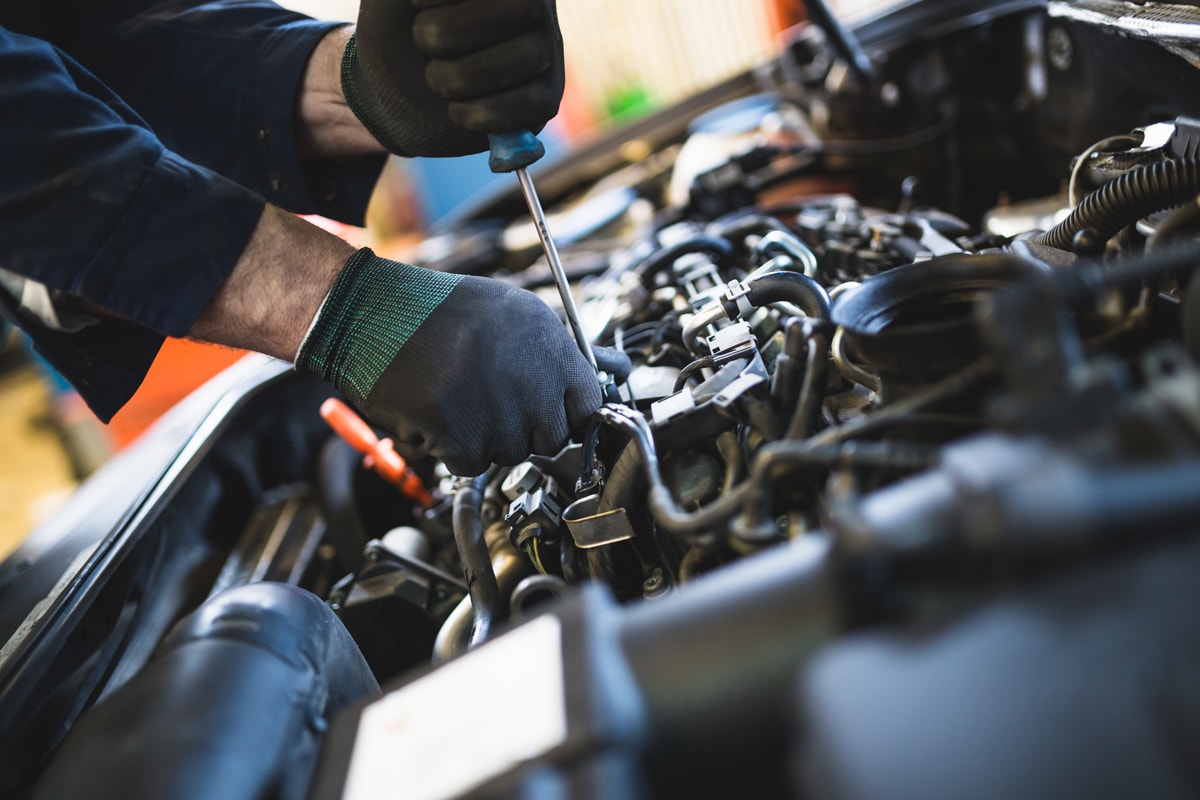All Categories
Featured

The auto repair work sector is swiftly evolving with the intro of new technologies that are reshaping exactly how lorries are diagnosed, serviced, and repaired. From the adoption of expert system (AI) to the assimilation of electric lorry (EV) upkeep, these developments are enhancing repair work effectiveness, reducing expenses, and boosting the general consumer experience. In this short article, we'll explore a few of the most notable automotive modern technology advancements out of commission that are helping contemporary technicians remain ahead of the contour.
- AI-Powered Analysis Tools. Man-made intelligence is transforming the analysis procedure in automobile repair work. Modern automobiles are outfitted with complicated onboard computer systems that regularly keep an eye on engine performance, discharges, security attributes, and other essential features. AI-powered diagnostic tools can analyze information from these systems to determine concerns much faster and with more accuracy than typical methods. Technician stores can currently make use of sophisticated scanners that use AI to diagnose troubles, anticipate potential failings, and even recommend certain fixings. This allows professionals to make enlightened decisions quickly, cutting down on repair service times and making sure the lorry is fixed right the first time.
- Electric and Hybrid Lorry Repair Works. As the need for electrical cars (EVs) and crossbreeds expands, so does the demand for specialized repair work innovations and training. Furthermore, many fixing shops are now spending in electric vehicle-specific devices, such as high-voltage insulation testers and billing station diagnostics, to guarantee that service technicians can safely and effectively solution these sophisticated automobiles.

- 3D Printing in Vehicle Fixing. 3D printing has actually become a powerful tool for vehicle repairs, particularly when it pertains to generating hard-to-find or discontinued components. This cutting-edge modern technology enables repair work shops to design and publish customized components on-demand, reducing wait times and costs connected with purchasing parts from producers. Whether it's an unusual trim item, a broken engine part, or a detailed indoor component, 3D printing can create premium replacements that restore the vehicle to its initial state. This innovation is especially useful for recovering classic automobiles or repairing lorries that no longer have readily available replacement parts.
- Robotics and Automation. Robot technology is being integrated into the automobile fixing procedure to enhance performance and precision. Robotics are being used for repetitive tasks such as tire rotations, oil modifications, and brake servicing, allowing specialists to focus on more complicated repair services.
- Augmented Fact (AR) for Technician Assistance. Enhanced reality is altering the method service technicians access repair details and perform tasks. By using AR glasses or tablets, service technicians can overlay electronic info, such as fixing guidebooks, representations, and step-by-step directions, directly onto the vehicle they are working with. This real-time visual assistance improves fixing accuracy and performance, minimizing the likelihood of errors. For instance, a technician may be able to see the exact place of an element that requires repair work without needing to consult several referral materials. AR likewise helps in educating brand-new professionals by offering interactive learning experiences, speeding up their discovering process.
- Predictive Upkeep via IoT. The Net of Things (IoT) is changing car maintenance by linking vehicles to networks that collect information in genuine time. Anticipating maintenance assists clients prevent unexpected fixing prices and expand the life-span of their cars.

- Telematics and Remote Diagnostics. Telematics systems, which are commonly used in contemporary cars, allow remote diagnostics and real-time monitoring. These systems send information about a vehicle's efficiency, including engine wellness, tire condition, and liquid degrees, to solution centers and producers. If a trouble emerges, service technicians can diagnose the problem from another location, commonly dealing with software glitches or updating the vehicle's firmware without the requirement for a physical service consultation. Sometimes, specialists can also fix problems or schedule an appointment prior to the vehicle gets to the repair service shop. This remote method to diagnostics enhances comfort and reduces downtime for automobile proprietors.
- Lorry Information Sharing for Improved Service. Automobile information sharing is one more emerging fad that's assisting fix stores supply faster and extra tailored services. With accessibility to in-depth information from a vehicle's past solution history, consisting of previous repair services, parts replacements, and efficiency reports, professionals can more accurately examine present concerns. By leveraging this data, repair service stores can supply tailored services based upon the automobile's one-of-a-kind background, helping to avoid future issues and enhancing long-term automobile performance. Additionally, service center can utilize lorry information to develop customized upkeep schedules that keep the car running efficiently and prevent unneeded breakdowns.
Conclusion. AI-powered diagnostic tools, robotics, 3D printing, and IoT connection are simply a couple of examples of the innovative technologies transforming the method automobiles are repaired. As the industry proceeds to welcome these improvements, fixing shops that remain current with the most recent methods and tools will be better equipped to satisfy the needs of modern vehicle proprietors.
Latest Posts
Find Best Vehicle Maintenance Care at Montclare Auto Repair – Expert Care for Your Vehicle
Published May 25, 25
1 min read
How to Know When Your Car Needs Expert Car Repair at Montclare Auto Repair
Published May 24, 25
1 min read
Recognizing Roofing Service Warranties: What Homeowners Need To Know
Published May 23, 25
1 min read
More
Latest Posts
Find Best Vehicle Maintenance Care at Montclare Auto Repair – Expert Care for Your Vehicle
Published May 25, 25
1 min read
How to Know When Your Car Needs Expert Car Repair at Montclare Auto Repair
Published May 24, 25
1 min read
Recognizing Roofing Service Warranties: What Homeowners Need To Know
Published May 23, 25
1 min read